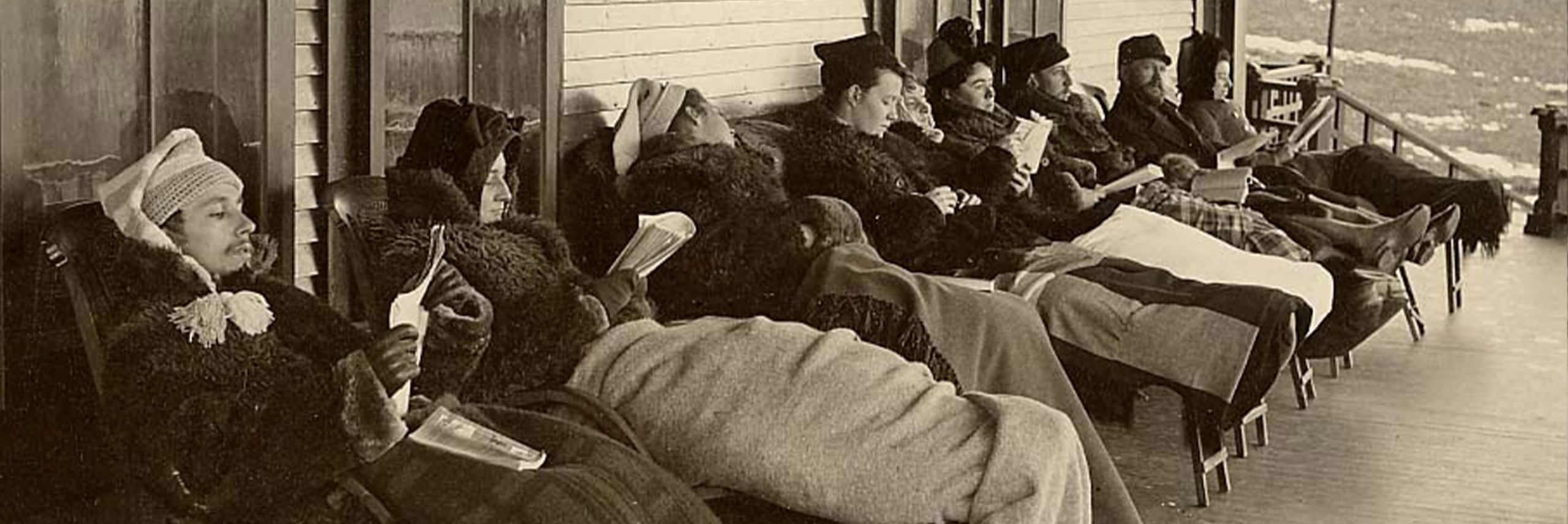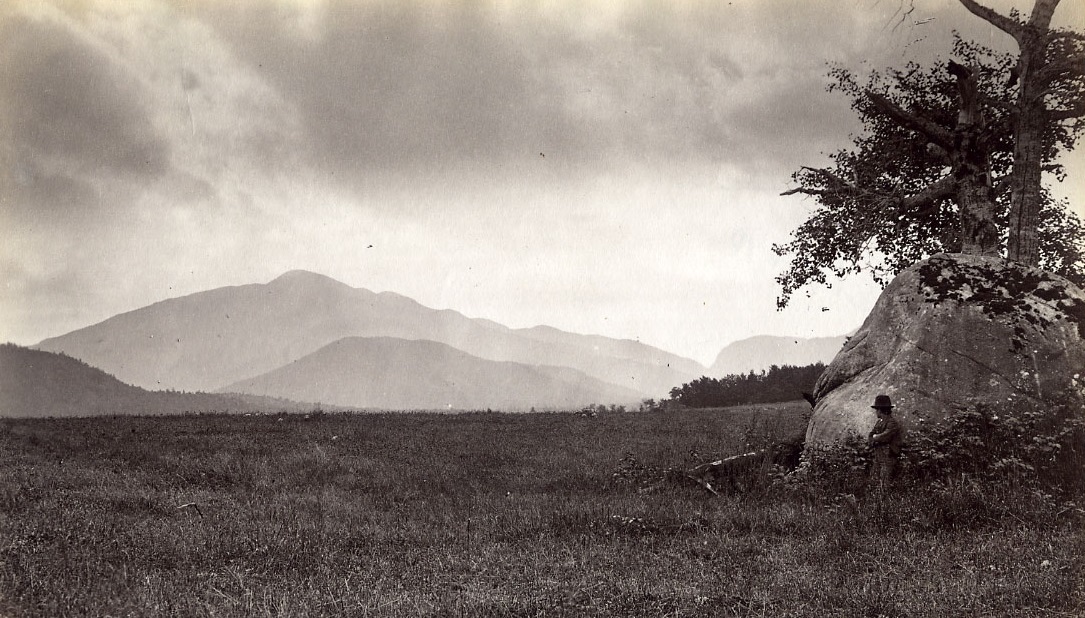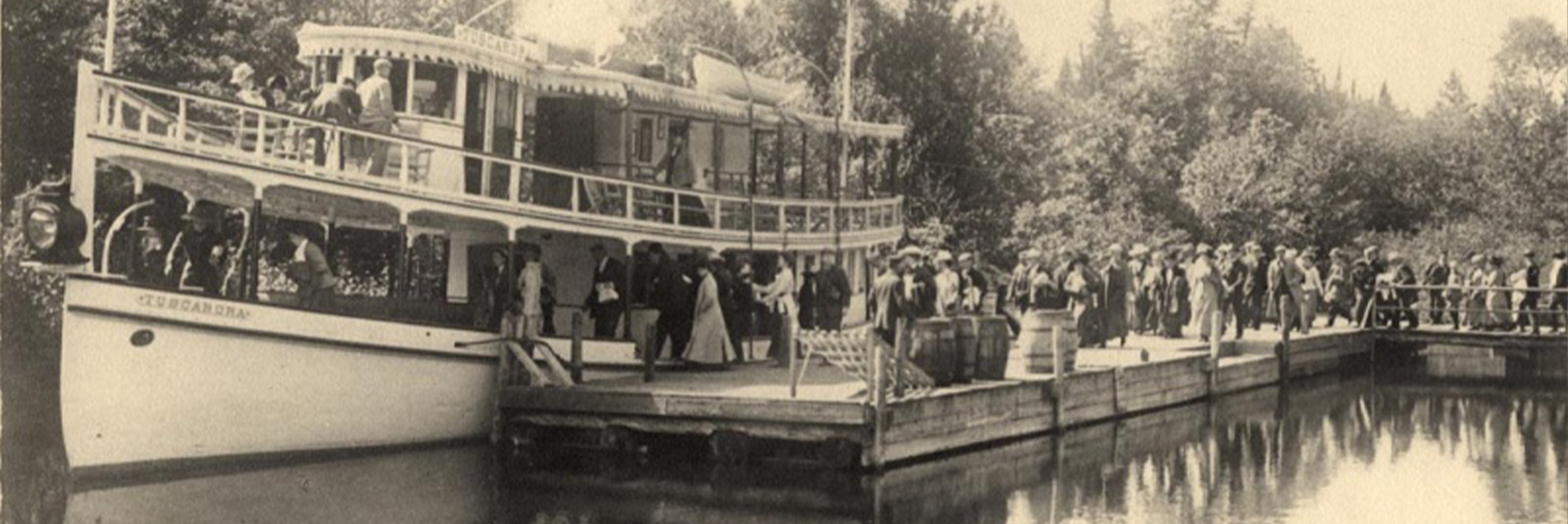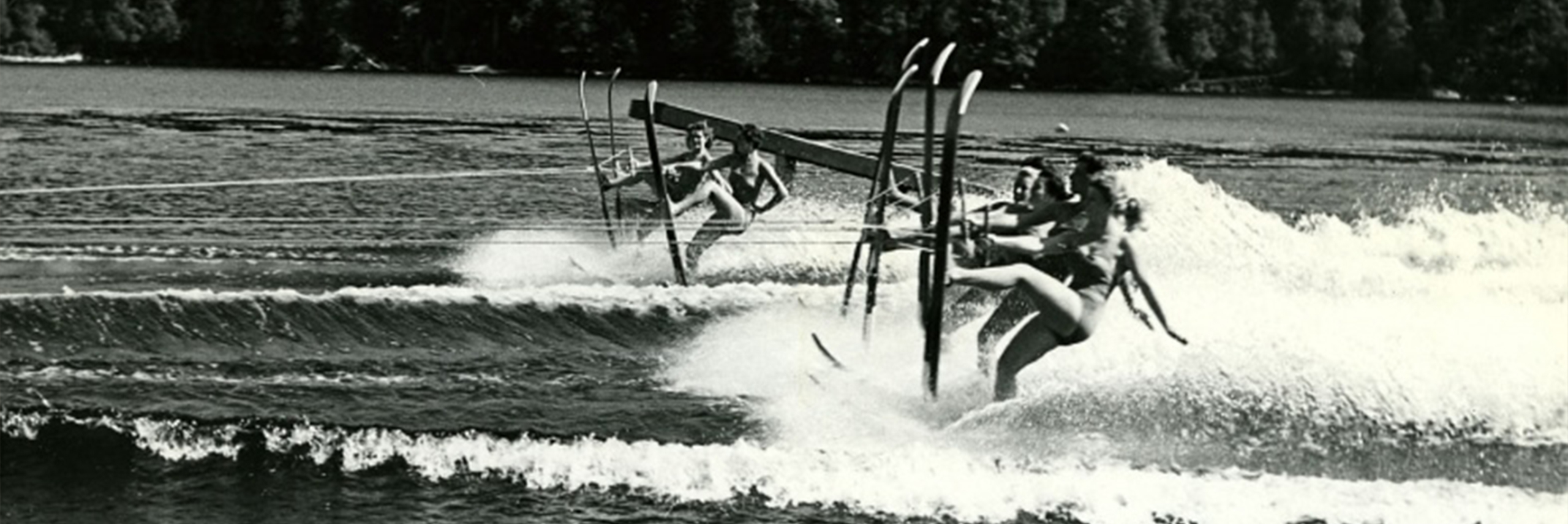Adirondack Scenic Byways

A scenic byway is a road with a story to tell, offering great views, interesting historical sites, or an abundance of wildlife viewing opportunities.
The Adirondack North Country Scenic Byways are three routes that cut through the Adirondack Park and are part of the New York Scenic Byways Program created by the State Legislature in 1992. In fact, if you have driven through the Adirondacks, you probably have been on a byway. The Adirondack Trail, the Olympic Trail, and the Central Adirondack Trail are featured routes that make up the Adirondack North Country Scenic Byways.
Byways are not unique to the region; there are both national and state routes. The National Scenic Byway Program is designed to “help recognize, preserve and enhance selected roads throughout the United States.” The iconic Route 66 spanning the country from Chicago to Los Angeles is an example of a National Scenic Byway. Another is the coastal highway, Route 1 in California.
The Seaway Trail, a 454-mile route following the St. Lawrence River, Lake Ontario, the Niagara River, and Lake Erie, is the only National Scenic Byway in New York State. National Scenic Byways are selected by the United States Department of Transportation’s Federal Highway Administration based on criteria from multiple categories: archeology, culture, history, natural features, recreation, or scenic qualities.
The Adirondack Byway system is different from those of many other areas. While all byways provide a unique traveling experience, unlike other areas where the routes divert visitors from main transportation roads, the Adirondack Byways are the primary routes used by people who live and work here. These roads connect over 200 communities in the Adirondack region while offering paths to the amazing scenic beauty. The byways are designed to link travelers with beautiful, picturesque drives, and also shed light on the rich history and culture of the region while providing resources to appreciate wildlife and outdoor activities.
Interpretive signs, as well as commemorative plaques, can be found along scenic byways educating visitors traveling along the route. When you pass through the Central Adirondack Trail, one of the historic plaques you can look for is located at the site of the great forest fire of 1903, just south of Old Forge, New York on Rt. 28.
There are also interpretive panels located along the Hudson River at North River, N.Y. highlighting the historical impact and importance of the Hudson River in the region.
The Adirondack North Country Scenic Byways offer three routes starting at a point outside of the Adirondack Park traveling through the Park and out to an exterior point. The routes are designed to connect communities along a scenic byway and promote travel in all four seasons.
The Adirondack Trail begins in Malone, New York, ten miles from the Canadian border and travels south through the Adirondack Park. The theme of woods and waters is highlighted along this route, promoting destinations such as the Visitor Interpretive Center at Paul Smiths, the Saint Regis Wilderness Canoe area, and a string of communities that offer beautiful lakeshore views such as Tupper Lake, Long Lake, Blue Mountain Lake, Indian Lake, and Speculator, N.Y. The communities are promoted for their scenic beauty as well as their cultural and historic offerings. The Adirondack Trail continues through Gloversville and Johnstown, ending in Fonda on the Erie Canal.
When traveling this route a destination of interest might be the historical St. John’s in the Wilderness Episcopal Church that was founded in 1876 by Dr. Edward Livingston Trudeau with the assistance of many wealthy camp owners in the area, including legendary guide and hotelier Paul Smith.
The Olympic Trail begins near Lake Champlain in the town of Keeseville, N.Y. and travels across the north-central Adirondack region to Sackets Harbor on Lake Ontario. This route highlights the Ausable River and Lake Placid, known for two Winter Olympics held there. The route continues past a number of beautiful lakes, traveling through the Saranac chain of lakes, Tupper Lake, and Cranberry Lake on its way towards Watertown. The route links with the Seaway Trail near Sackets Harbor, home to a number of historic sites from the War of 1812.
While traveling the Olympic Trail take time to enjoy the High Peaks Wilderness Area. It is the largest wilderness area in the region, spanning six towns and is home to New York State’s highest peak, Mount Marcy.
The Central Adirondack Trail starts in Glens Falls, N.Y. and travels on a horseshoe-shaped path through the south-central Adirondacks. The route follows a theme of history and culture, highlighting colonial heritage, Adirondack Great Camps, the Gilded Age, and the Adirondack Museum. Lake George’s Battlefield Park is located on the Central Adirondack Trail. The battlefield was important in both the French and Indian War (1755-1763) and the American Revolution (1775-1783). The park includes monuments and illustrated signs depicting the important events that occurred at that spot. This route also calls attention to the interconnecting lakes and streams that are seen as a paradise for boaters. The path ends in Rome, N.Y. noted for the important Revolutionary War role of Fort Stanwix.
While each byway promotes its own intrinsic themes, travelers can customize their travels based on specific curiosities. When driving, be sure to keep your eye out for scenic byways signs. Whether traveling through the Adirondacks or elsewhere, rich stories and sceneries abound on these routes.








